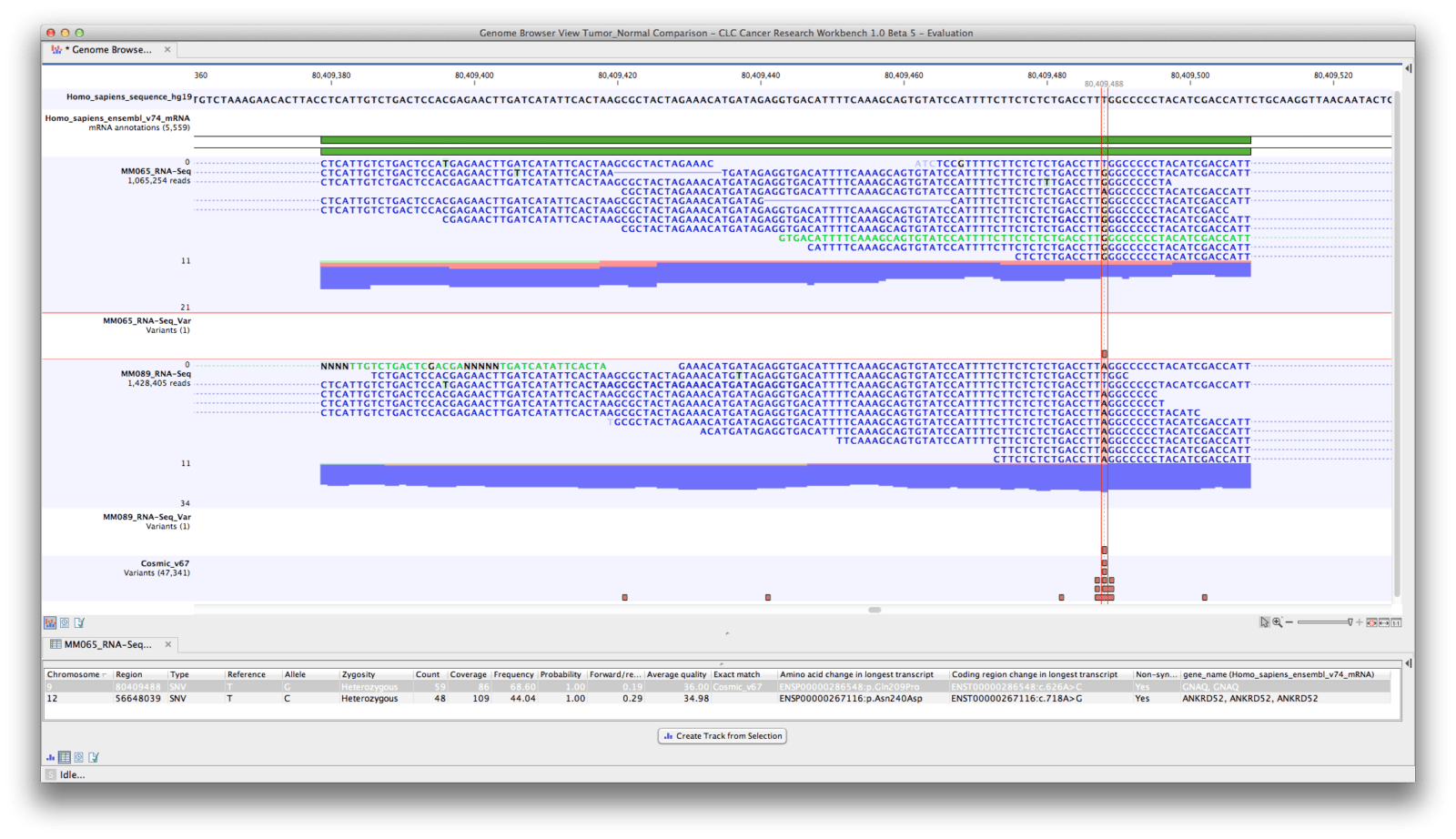

AT-rich fragments, which might be problematic to be sequenced anyway, will be cleaved and will be expelled. This should be especially usefull in species whose genomes are AT-rich. In our published test set-ups we digested the TaqI-library with MseI(TruI) (TTAA). One can also combine several enzymes in the second step or enzymes which are specifically cutting a sequence of interest (lets say a very rare cutter which has also a site in a very frequent transposable or other repetitive element which is otherwise over-represented in the sequencing data). The more frequent the second cutter is, the stronger the reduction.
#CLC MAIN WORKBENCH TORRENT FULL#
The user has full control on how much he wants to reduced the initial ( TaqI)library. Thus, the complete remaining fragments, the "rest", will be highly overrepresented and are then ready to be sequenced. This cuts a certain number of the TaqI-TaqI fragments, which subsequently will be expelled by size selection (the partial fragments are usually smaller than the left-over complete fragments) and/or in the PCR step: only complete fragments (TaqI-TaqI - same adapter on both sides) will be amplified exponentially, whereas any partial fragment (only on one side a TaqI adapter, if at all) will be amplified linearly. The difference to previous approaches is, that we now digest the first library again with additional restriction enzyme(s) (of course chosen to not cut the (barcoded) adapter). But they also show a very dense and unbiased distribution across the genome. Even with size selection, the fragments would be too numerous for a benchtop machine, although technically possible.


This lead us to use a very frequent cutting enzyme, in our experiments TaqI (TCGA), to generate the first library. In addition, some applications do not require the generation of thousands of SNP markers, but might suffice with a couple of hundred. Especially for small-scale benchtop machines this was not feasable. However, there are still too many fragments to be sequenced, or (if rare cutting enzymes are used) the fragment distribution across the genome is more biased. Similar approaches (RAD, double-digest RAD, 2b-RAD, GBS, CRoPS etc.) also employ Restriction Endonucleases and subsequent steps for library preparation. Our aim was, to have a flexible and robust tool for an efficient reduction of genomic libraries. We recently developed and published a novel approach for genotyping-by-sequencing on benchtop next-generation sequencers for population genomic studies by efficiently generating sequencing libraries which are strongly reduced.


 0 kommentar(er)
0 kommentar(er)
